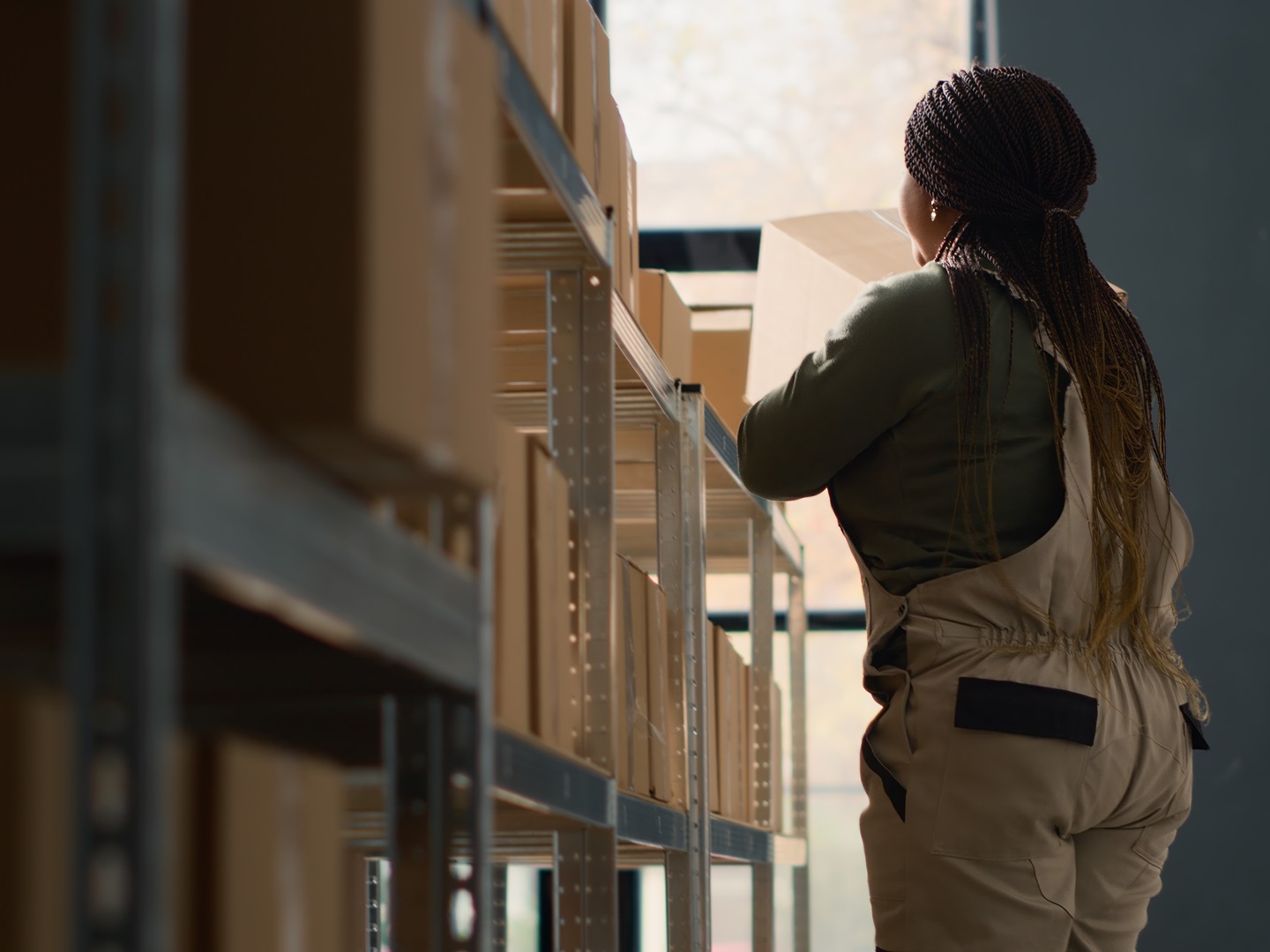Have you noticed a shift in paper packaging innovation lately? We have, and so have the industry analysts whose job it is to track paper and packaging trends. Consumers prefer paper packaging, and manufacturers are responding by turning to fiber-based alternatives to plastic packaging. That’s led to what the Sustainable Packaging Coalition has dubbed “the paperization of everything” — from the obvious, like shipping boxes and product packaging, to the not-so-obvious, like can holders, blister packs, candy wrappers and even bread clips.
It’s a trend that started accelerating in 2020, with a 44 percent rise in online shopping thanks to the pandemic, and it has continued to gain momentum. In fact, the e-commerce packaging industry is expected to top $100 billion by 2027, with more and more of that space taken up by paper and cardboard solutions. The more paper packaging innovation consumers see in their day-to-day lives, the more they want — and the more manufacturers must innovate.
“As paper manufacturers expand the strength, capabilities and other properties of paper, you’ll continue to see new applications where previously you couldn’t have used a fiber-based solution,” says Amy McGhee, marketing and product manager for Domtar’s Specialty and Packaging Papers. “With the strength and quality of the 100-percent recycled containerboard from our Kingsport Mill, we’re making inroads in places where virgin fiber used to be the primary player.”
Demand for sustainable packaging points to paper
The uptick in paper packaging innovation comes as no surprise. A 2023 survey found that 82 percent of consumers across age demographics are willing to pay more for sustainable packaging, with the number growing to 90 percent among Gen Zers. Another study by Two Sides found that a growing number of consumers believe paper-based packaging is better for the environment than all other packaging materials — being ranked higher in 10 out of 15 attributes such as home compostability, environmental impact and recyclability.
The Sustainable Packaging Coalition notes that part of paper’s appeal is the fact that it comes from a renewable resource: trees. But equally important is how consumers respond to it: “Brands may find that paper resonates better with consumers by having a more ‘earthy’ look and feel and is more readily associated with recyclable materials. …. With the ‘paperization’ trend driving demand for responsibly sourced fiber, forests become an investment worth protecting. As fiber-based alternatives hit their high barrier and performance targets, we can expect paper to continue to blaze new trails.”
McGhee says the focus on performance is driving much of today’s paper packaging innovation. “Lightweighting continues to be a big driver of demand. As our customers continue on their sustainability journeys, they are looking for ways to further reduce their consumption and their carbon footprint, which leads to right-sizing packaging and turning to lighter basis weights, which in turn saves on the amount of material they use, their shipping costs and their overall environmental impact.”
But manufacturers and distributors aren’t willing to sacrifice performance in their quest for lighter-weight materials. The challenge, particularly with recycled fiber that isn’t as strong as virgin fiber, is how to do both.
Carlton Matthews, Domtar’s quality service manager for packaging, says, “We’re seeing a demand for lightweighting, but we also see the need for strength. We have to have that stacking strength to compete in the marketplace because you can’t have boxes failing in the field.”
Strength – weight = opportunity
But demand drives innovation, and our Kingsport Mill is now producing 100-percent recycled containerboard that is lighter in weight and just as strong as packaging made with virgin fiber. That means we can fit more material on a roll that doesn’t take up any more space in transit or in storage. Bigger rolls mean converters can splice less often. The boxes they produce remain strong while weighing less, which in turn helps with right-sizing packaging. That means fitting more boxes on a truck and more products on a shelf with fewer trucks on the road and a smaller environmental footprint for everyone at every step in the supply chain.
“Our manufacturing process produces a much stronger sheet even as we go lighter,” Matthews says. “We can use five to seven percent less fiber and still maintain the same strength. I just came from a qualification trial at a customer that actually has a paper mill, but they’re using our paper to lightweight because they’re getting much better results than with their own paper.”
That’s enough to attract some notice from industry watchers. Ryan Fox, corrugated market analyst at Bloomberg Intelligence, has said, “Domtar has a 23# performance medium that has consistently hit … a similar result that other mediums get with basis weights over 30#. … Paper-making technology is advancing, and the future of containerboard and box pricing may shift toward performance above basis weight.”
The market may be shifting, but the shift will be gradual, and customer education will be key. “Many people say they want a lighter product, but they perceive that it means sacrificing ‘feel’ and strength,” says Mike Butler, Domtar Packaging’s senior director of sales and fiber sourcing. “However, the data shows that a lighter recycled sheet doesn’t involve any sacrifices. In fact, in many cases, it provides even more strength.”
All of this means you could start seeing paper in unexpected places in the coming months. If you spot paper where there used to be plastic, let us know by tagging us @DomtarEveryday on your favorite social media platform.
You can also check out the Paper and Packaging Board’s How Life Unfolds campaign, which is keeping a close eye on paper packaging innovation. See what’s happening in the space by watching season 4 of the PackIt! Packaging Recycling Design Challenges.
